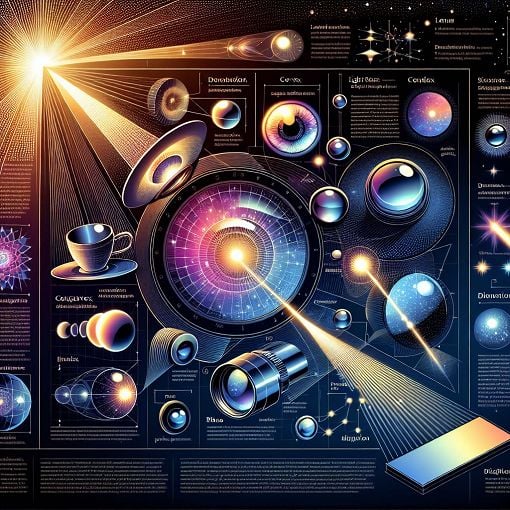OPTICS
{"name":"OPTICS", "url":"https://www.quiz-maker.com/QPREVIEW","txt":"Test your knowledge of optics with our engaging quiz! Dive into various topics related to lenses, mirrors, and optical phenomena. Whether you're a student, teacher, or just an enthusiast, this quiz will challenge your understanding and enhance your learning.Join now and discover: Key principles of opticsApplications of lenses and mirrorsInteresting facts about light behavior","img":"https://cdn.poll-maker.com/104-5101308/img-j7yvyemcw05ztdw84dlcwytt.jpg"}
More Quizzes
Light and Lens Quiz
1050
Science
21100
Algebra Quiz
15813
About the UK and London webquest
1589
Am I Balding - Free Hair Loss Self‑Test
201017206
Baking Trivia - Free Questions & Answers
201016550
Marketing Skills Assessment - Free Online
201018231
Ultimate Anime Guessing - Can You Name the Series?
201018084
Vampire Movie Trivia - Play Free Online
201017269
Is My Third Eye Open - Free Chakra Assessment
201017871
Respiratory System Diagram - Label the Lungs
201016898
Functional Illiteracy Test - Free Reading & Writing Check
201021927
